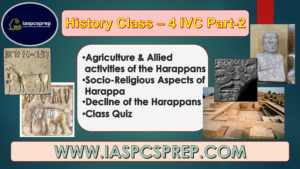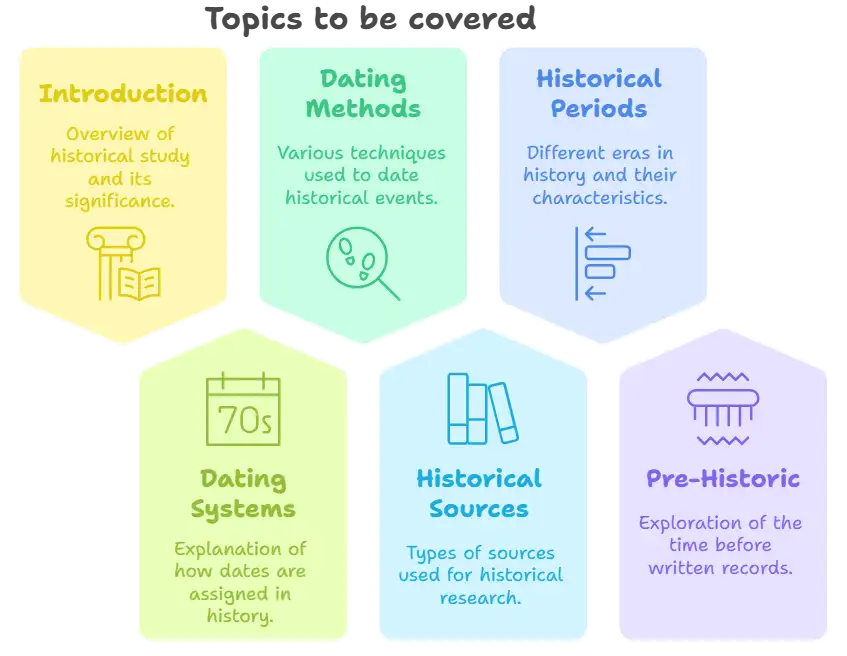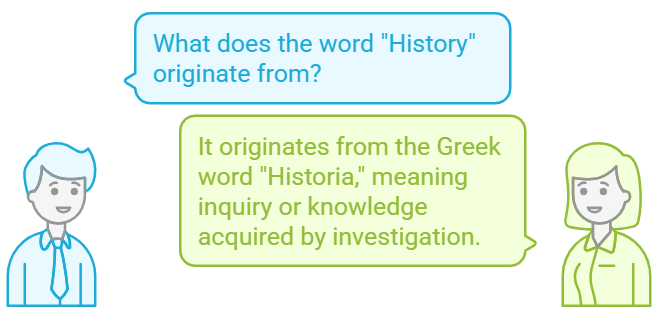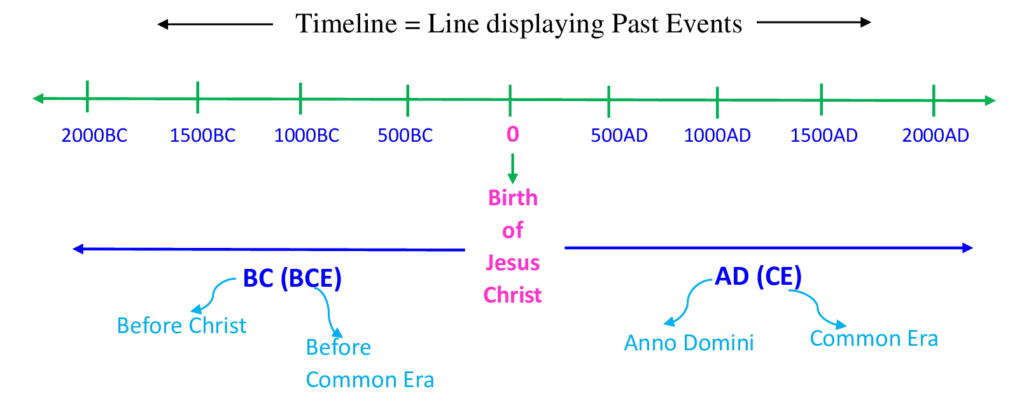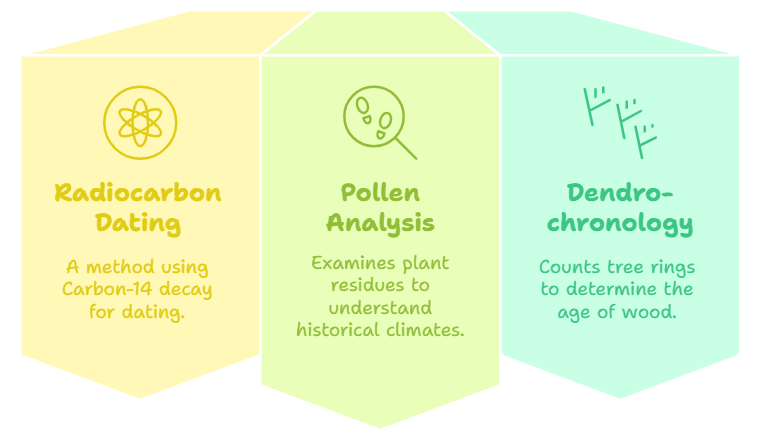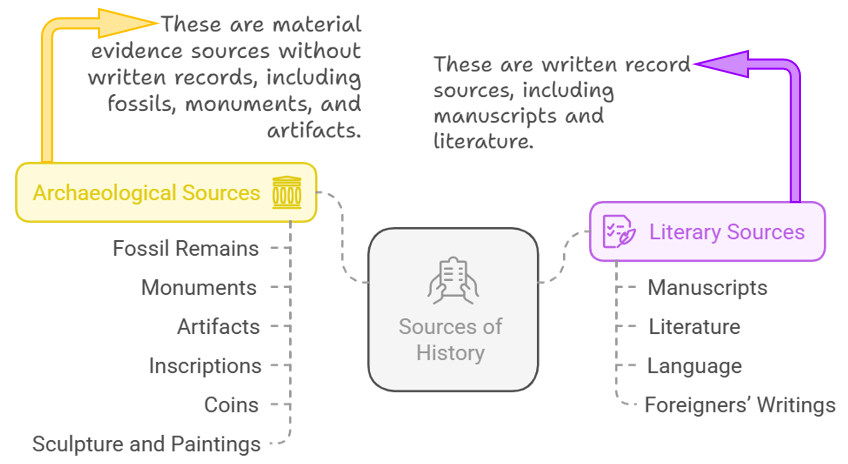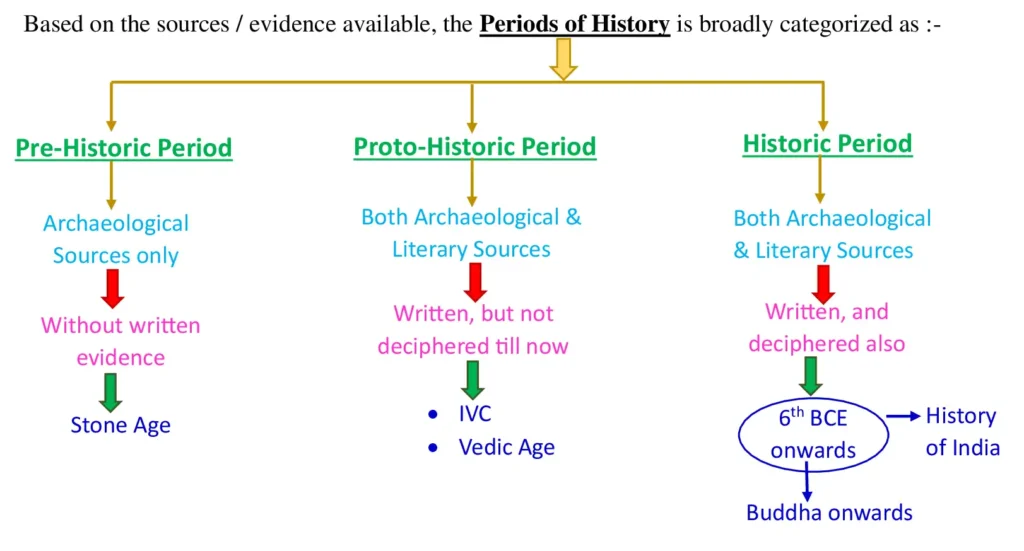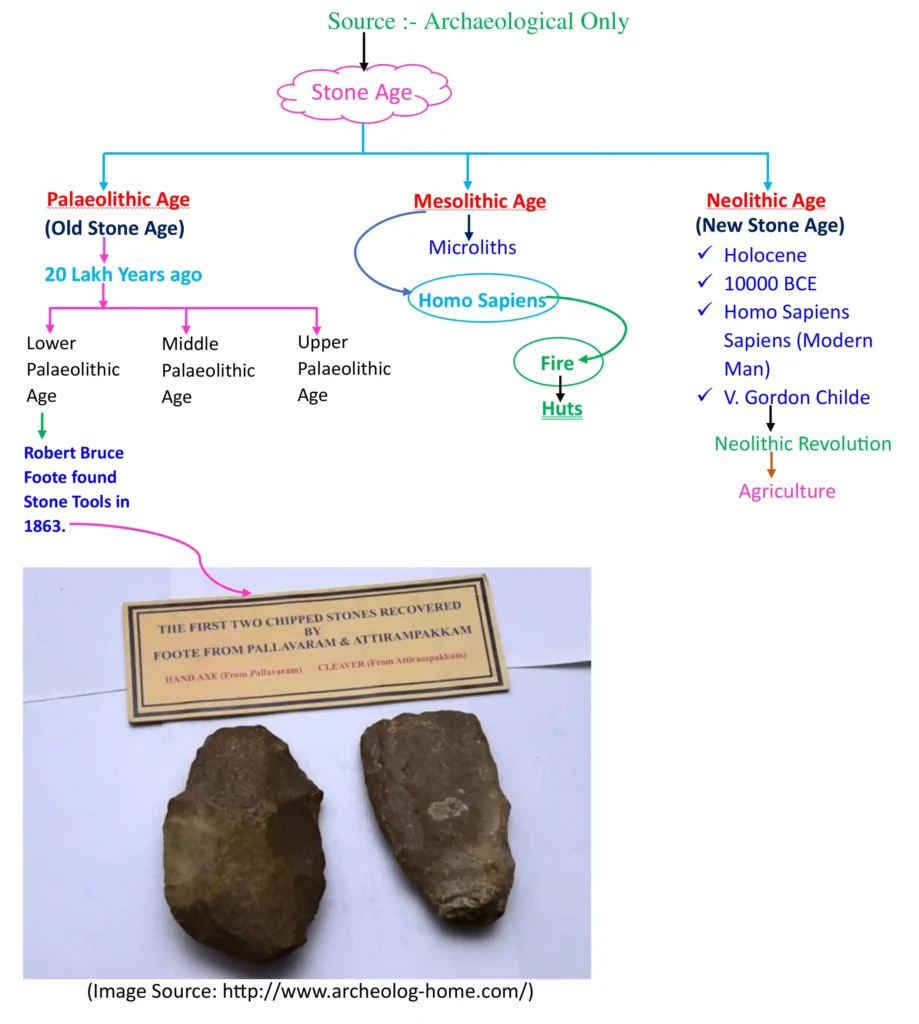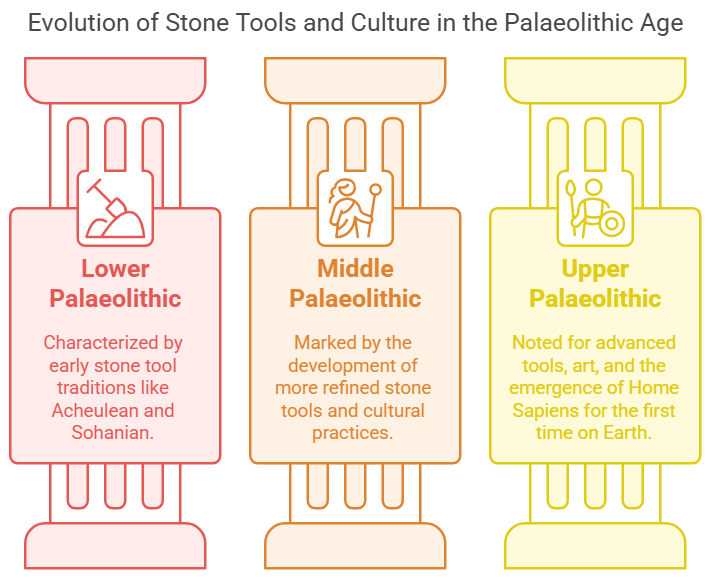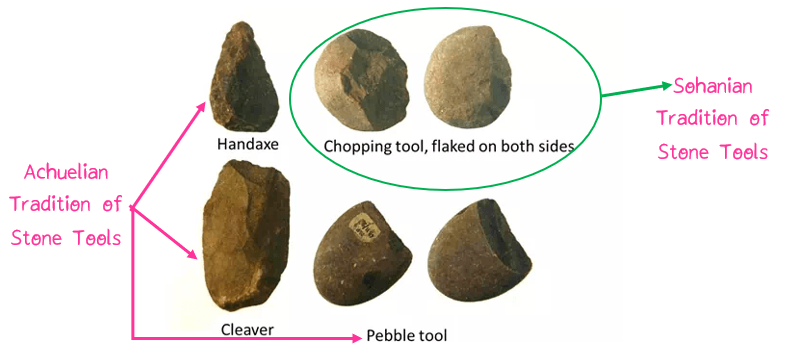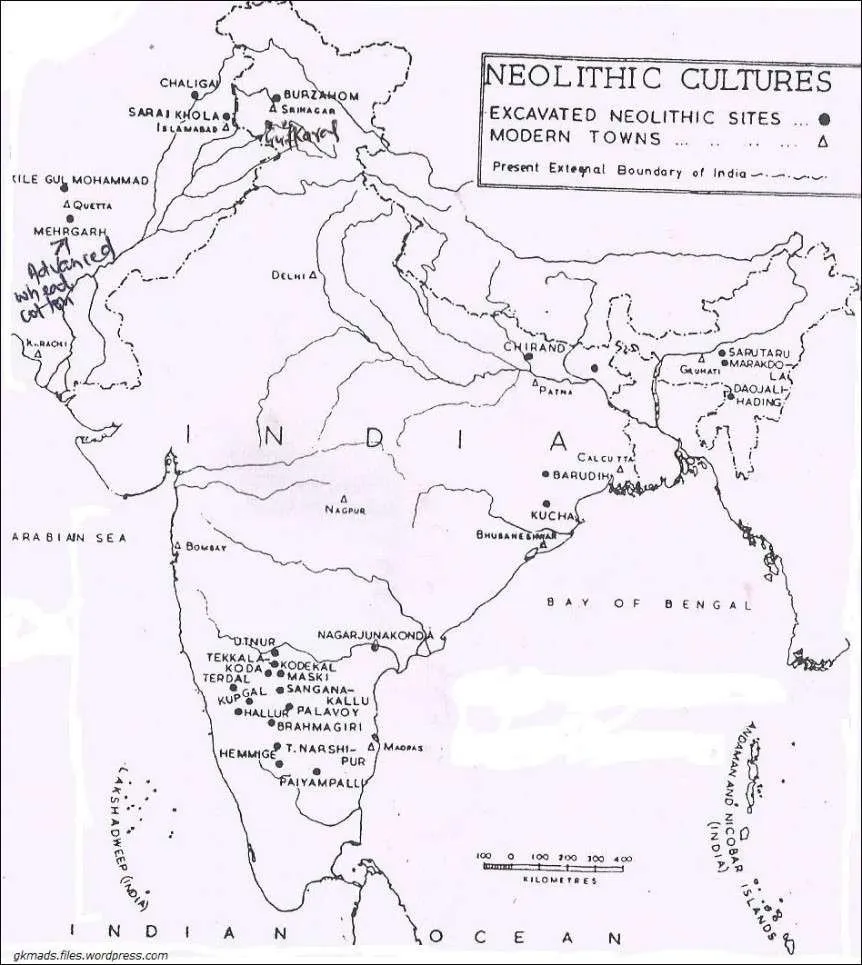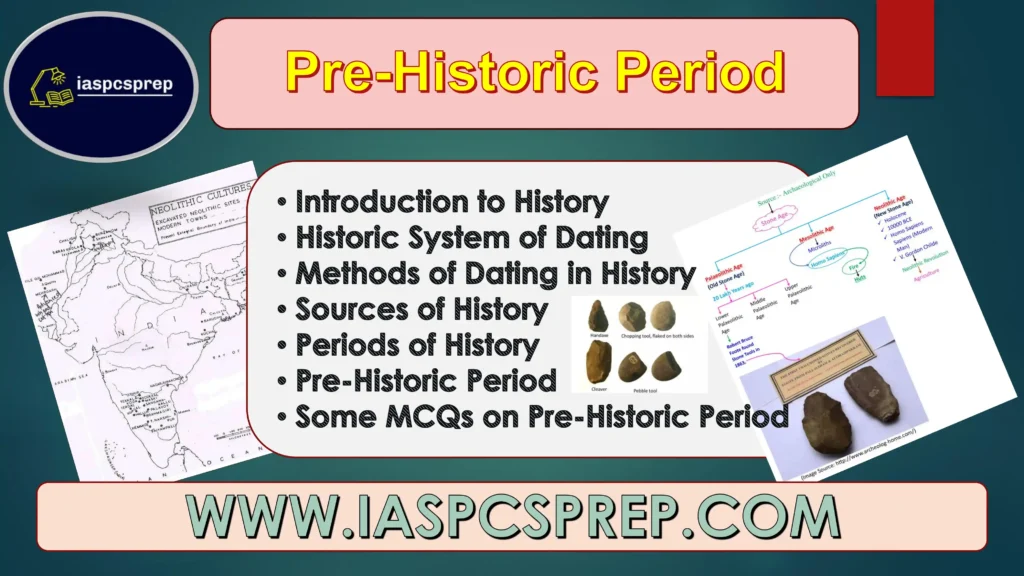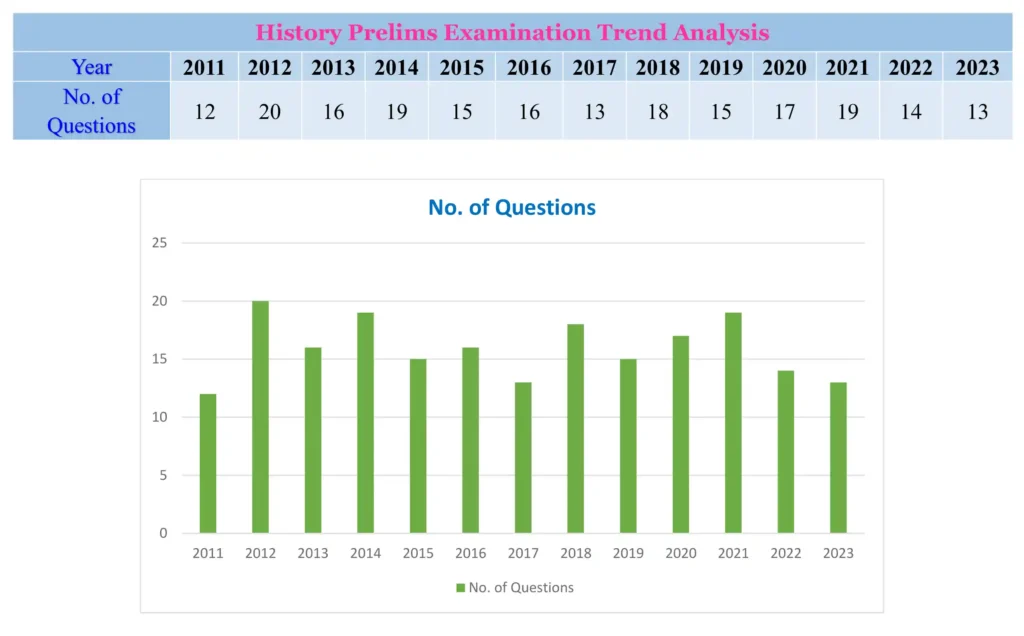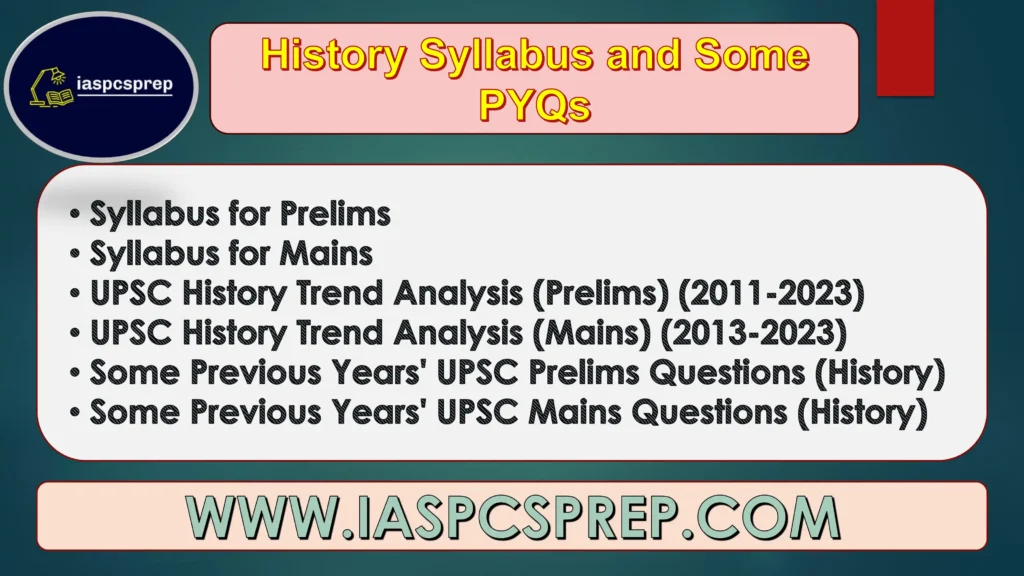| IVC Part-2 |
In this post of “IVC Part-2”, we will discuss about the Agriculture & Allied activities of the Harappans, Socio-religious aspects of Harappa, etc.
Topics to be covered in this Article :-
- Agriculture & Allied activities of the Harappans
- The Socio-Religious aspects of Harappa
- Decline of the Harappans
Agriculture & Allied activities of the Harappans
The sources to know about the agriculture and allied activities of the Harappans are mainly – the Seals and the Pottery.
Sources :- Seals and Pottery
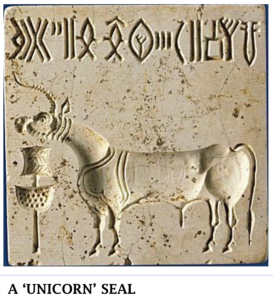
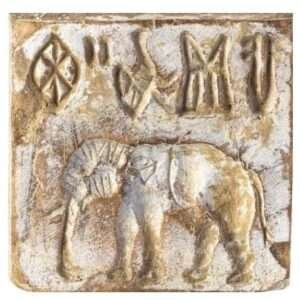
•(1). The Harappans used to also practice agriculture to support not only villagers, but also urban dwellers.
•(2). The evidences of ploughfield from Kalibangan and the evidences of the Teracotta model of plough from Banawali are sufficient to indicate their agrarian practice. However, there is no evidence of wooden plough of the Harappans.
•(3). Irrigation was practiced but not through Canal System. Unlike the Mesopotamians, the Harappans used to irrigate the land through wells and river waters.
•(4). We have found some evidences of a rudimentary level of irrigation through Canal System at Shortughai and Lothal.
•(5). The knowledge of water management and rain-water harvesting has been found from the site Dholavira (in Runn of Kutch) in Gujarat (Kadir island).
•(6). Dholavira has shown a unique system of water harvesting and water management in the form of small dams construction.
•(7). From Dholavira site, the biggest signboard having a longest script of the Harappans has been found and lastly the stone monuments found from Dholavira are the exception among the all Harappan sites.
•(8). The Harappans had the knowledge of various animals and crops such as elephant, camel, tiger, Rhinos, Bulls and even Unicorn (a mythical animal). However, the Harappans have not shown a considerable evidence of their knowledge and utility of cows and horses.
•(9). From the sites of Surkotada, kuntasi etc., the remnants of Horse like animal has been found off the Late Harappan phase.
•(10). Harappans were perhaps the first to produce cotton and using the cotton textiles in the world. Therefore, in the Greek writing, the word “Sindon” has been used for cotton produced in the Indian Subcontinent for various centuries.
•(11). The Harappans also used to produce the crops like wheat, Barley, Rice, Pulses, Vegetables etc. Meat consumption was also common in their diet.
The Socio-Religious Aspects of Harappa

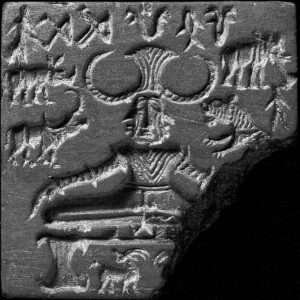
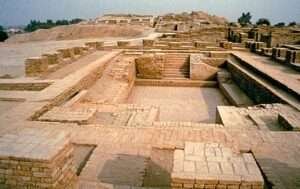
•(1). According to some Scholars, the Harappan Society was not egalitarian (not equal). However, the Merchant or Priestly class must have been the dominant players in the Harappan society. For e.g. :— In Mesopotamia, the Priestly Class was the dominant section of the society.
•(2). The evidences from the Harappan sites such as Harappa, Lothal, Mohenjodaro etc. have shown the evidences of Granaries for food stocks and at the same time, small quarters made for the labourers or workers or slaves may have been also used by the Harappans.
•(3). The emergence of Hindu-Religious practices can also be traced from the Harappan times. For e.g. :—
→a). The worshipping of Pashupati Cult is traced from the seal found from Mohenjodaro by John Marshall.
→b). The worshipping of Mother Goddess in the form of Teracotta figurines also began by the Harappans.
→c). The worshipping of plants, trees and animals like Peepal tree, Shami tree and Snakes also began by the Harappans.
→d). The use of Fire-altars found from the sites like Kalibangan, Lothal, Banawali etc. again indicate the differences in their practices within the vast area of Harappan culture because Fire-altar has not been found from any Harappan site.
→e). Unlike the Mesopotamians and Egyptians, no temple has been found from the Harappan site except the Great Bath of Mohenjodaro perhaps used for Religious Ablutions (bathing).
Decline of the Harappans
→1). The Population Growth theory
→2). The Climatic Changes theory
→3). The shifting of river waters – causing frequent floods.
→4). Dryness of rivers due to Geological factors
→5). Aryan Invasion theory
The decline of Harappa has to be understood in the backdrop of the following theories given by various scholars such as :—
•(1). Fairservis has given the theory of Population Growth causing pressure on the resources of the Harappans.
•(2). Similarly, Allchin & Allchin has given the theory of Climatic Changes and causing the decline of the Harappans. The Harappans used the baked bricks on a massive scale indicating they must have used the forest products for burning the mud bricks. Hence, compromising the ecological balance of the area.
•(3). H.T. Lambrick has given the theory of shifting of river-course of river Indus behind the flooding of Mohenjodaro and Chanhudaro cities of Harappa. Since, Mohenjodaro being the capital of Harappa was destroyed multiple times due to floodings. Therefore, a centralised control over the Harappan Cities may have been lost completely.
•(4). The dryness of the river water of Ghaggar and Hakra (ancient Saraswati) caused due to the geological factors adversely affected the majority of the Harappan cities. The natural factors such as earthquake, rock-faulting, lack/ failure of monsoon etc. also contributed in the decline of the Harappans.
•(5). The most controversial theory regarding the decline of Harappans is the Aryan Invasion theory. Ram Prasad Chanda was the first scholar who gave this theory in 1920s and subsequently withdrew his theory as well.
•(6). However the scholars like V. Gorden Childe and Mortimer Wheeler have popularized the Aryan Invasion theory on the basis of following factors :—
→ (i) God Indra in Rigveda has also been called as “Purandara” that means “destroyer of forts”.
→ (ii) Battle of Hariyupia is mentioned in Rigveda fought between the Aryans and non-Aryans who have been identified as the Harappans by these scholars.
→ (iii) The existence of Cemetry-H culture on the southwest of Harappa belong to an alien people who may have destroyed the Harappans. However, this theory is rejected by the modern Historians like P.V. Kane, B.B. Lal, George F. Dales. According to them, there is no evidence of attack of Aryans upon the Harappans. Secondly, there is a difference of more than 200 years between the decline of Harappa and the origin of Aryans in India and Thirdly, there was no any Sudden end of Harappans, rather there are evidences of the overlap of the Harappan and other cultures between 1800 to 1500 BCE as well. For e.g. :— Bargaon & Ambakheri villages of UP have shown the evidences of the existence of the OCP (Ochre-Coloured Pottery) culture with the Harappan culture. Similarly, from Bhagwanpura, Dadheri, Katpaloan sites found in Punjab have shown the evidence of the co-existence of PGW (Painted Grey-Ware) cultures with the Harappan people. Hence, it was the Harappan Civilization which declined but their culture continued with some changes to the present generation such as Pashupati cult wearing of Bangles.
Class Quiz
Q1. Which of the following sites has yielded evidences of double burial?
a) Kuntasi
b) Dholavira
c) Lothal
d) Kalibangan
Q2. Match list-I with list-II and select the correct answer by using the code given below:-
list-I (Harappan Settlement) list-II (River on which located)
A. Harappa 1. Bhogawati
B. Kalibangan 2. Ghaggar
C. Lothal 3. Ravi
D. Ropar 4. SutlejMaharashtra
Codes:-
a) A-3, B-2, C-1, D-4
b) A-3, B-4, C-1, D-2
c) A-4, B-2, C-3, D-1
d) A-1, B-3, C-2, D-4
Q3. What was the social organization of the Indus Valley Civilization believed to be?
a) Matriarchal
b) Patriarchal
c) Egalitarian
d) Caste-based
Q4. Which structure in Mohenjodaro is believed to have been used for public gatherings and religious ceremonies?
a) Granary
b) Great Bath
c) Citadel
d) Assembly Hall
Q5. Which of the following is NOT correctly matched?
a) Harappa – Daya Ram Sahni
b) Lothal – S.R.Rao
c) Surkotada – J.P. Joshi
d) Dholavira – B.K. Thapar
Q6. Famous bull-seal of Indus Valley Civilization was found from which site?
a) Harappa
b) Chanhudaro
c) Mohenjodaro
d) Both a and c
Q7. What is the term used to describe the distinctive pottery style of the Harappan Civilization?
a) Black Polished Ware
b) Red Ware
c) Painted Grey-Ware
d) Black-and-Red Ware
Q8. The decline of the Indus Valley Civilization (IVC) is attributed to:-
a) Invasion by foreign tribes
b) Climate change and ecological factors
c) Economic Collapse
d) All of the above
Q9. Which Harappan site is known for its dockyard and maritime trade?
a) Harappa
b) Mohenjodaro
c) Lothal
d) Kalibangan
Q10. What was the main crop cultivated by the Harappans?
a) Pulses
b) Rice
c) Barley
d) Millet
| Some Important Links | |
| History Class-4 YouTube Short Video | Click Here |
| Download History Class-4 PDF | Click Here |
| If you are satisfied with our website iaspcsprep.com, Please like and share with more people. | |
| Follow on Instagram | Follow Now |
| Join WhatsApp Group for PDF | Join Now |
| For any Query and Feedback, Contact Us at – study@iaspcsprep.com. | |
